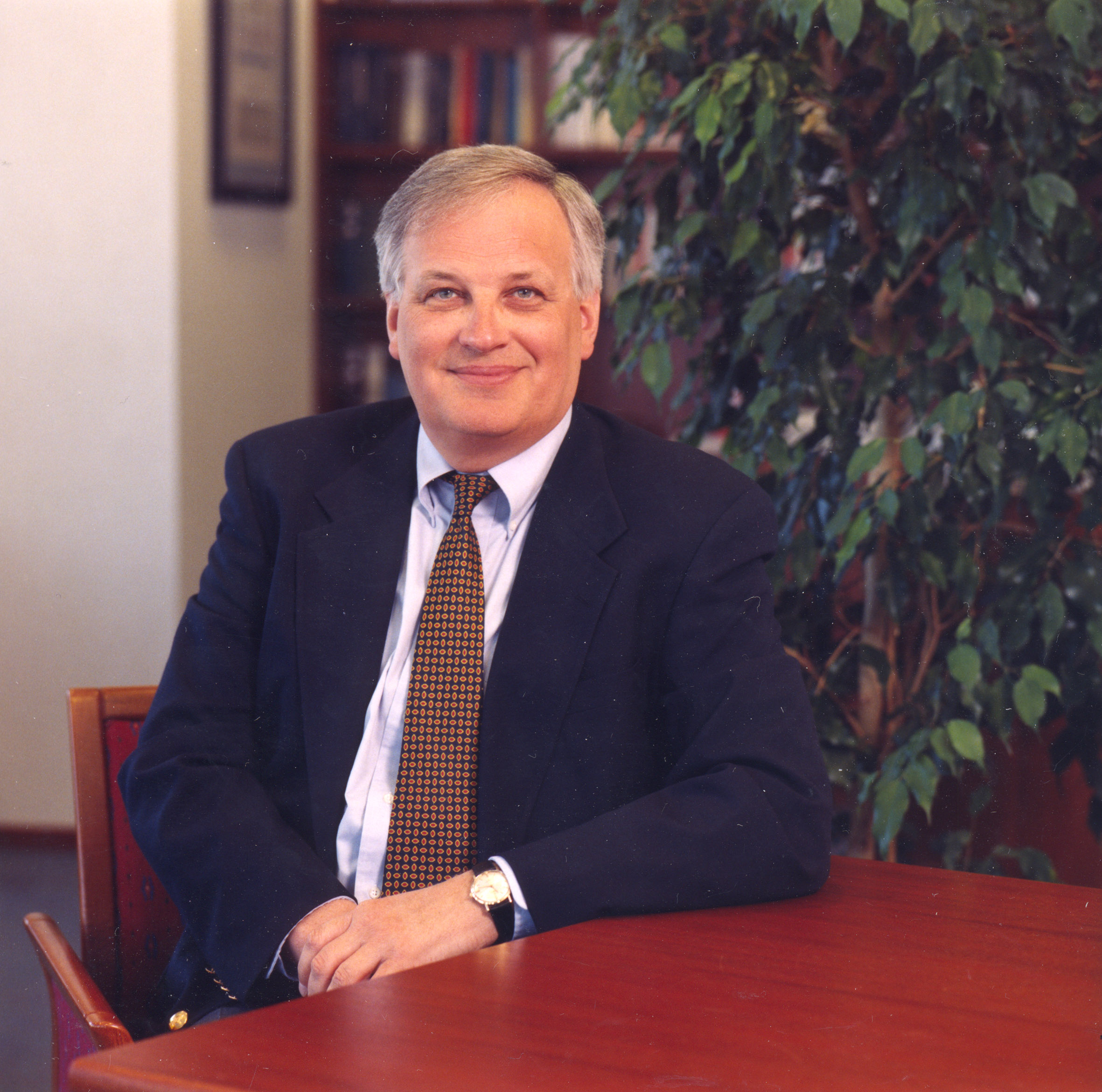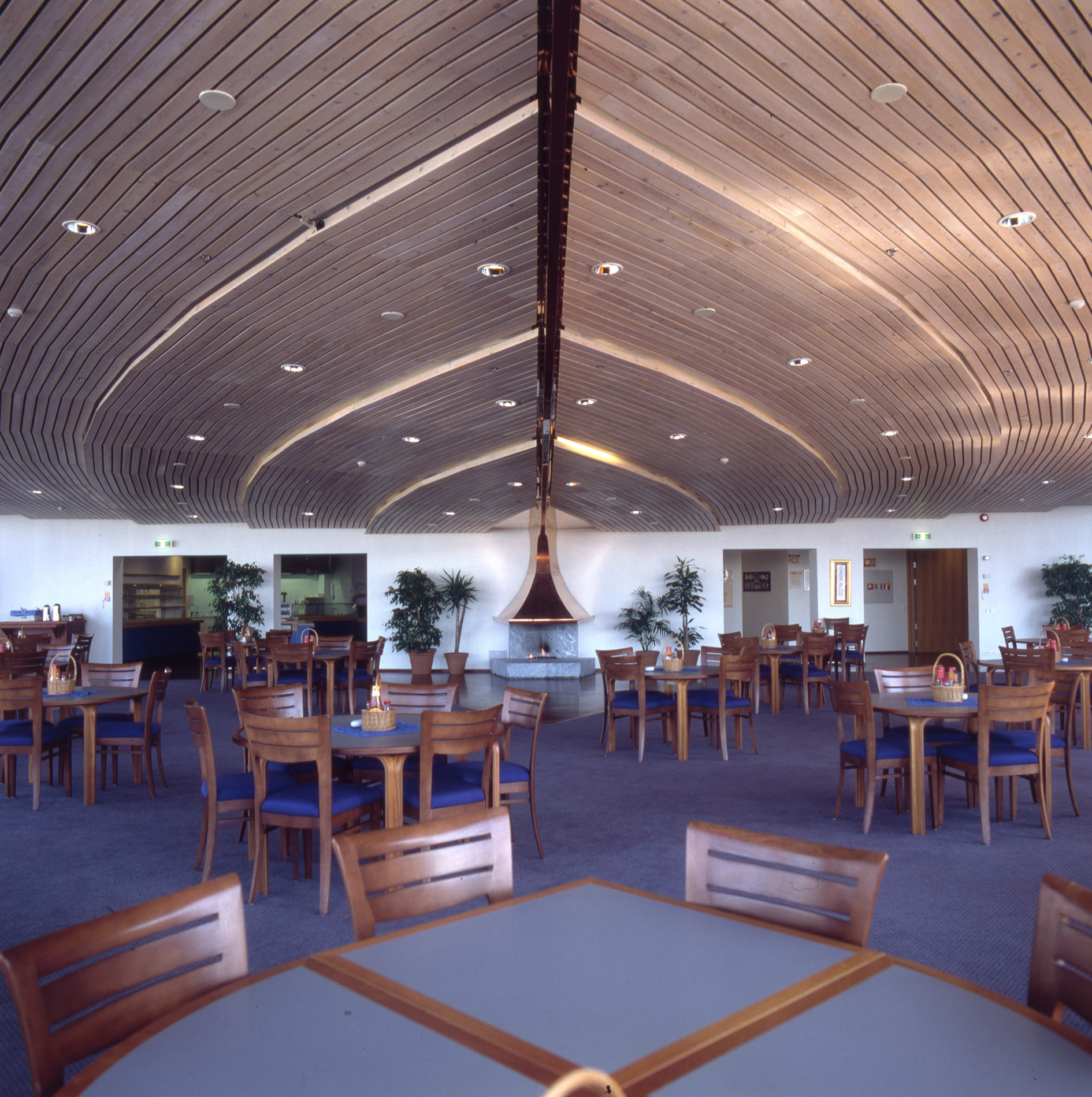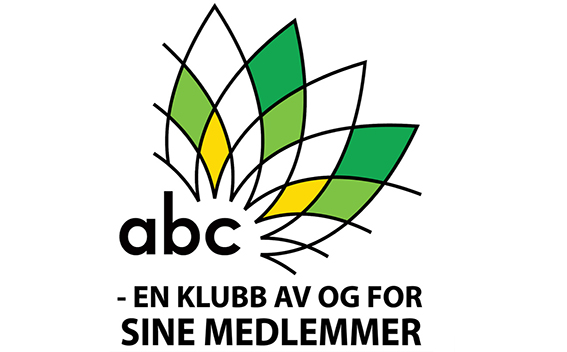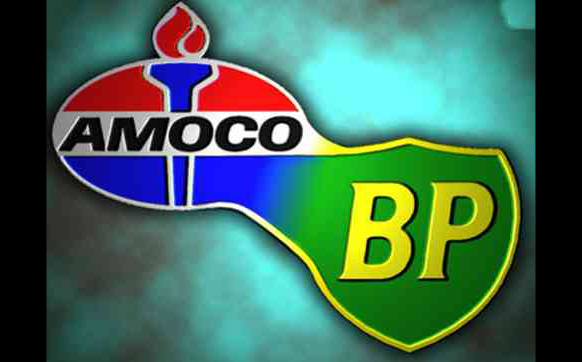BP and Amoco in giant oil merger

When BP chief executive John Browne presented the news to the press in London, he described it as a superb alliance between two equal companies. Undoubtedly said to be generous, this was not strictly true. BP had clearly held the stronger cards in the deal.
Browne was to head the new company, where BP received 60 per cent of the shares and six of its eight directors. With its head office in London, the new company became Britain’s biggest.[REMOVE]Fotnote: NTB, 11 August 1998, “BP og Amoco i gigantisk olje-fusjon”.
Only the most precise analysts commenting on the transaction used the word “merger” preferred by Browne. With BP obviously in the driving seat, City stockbrokers regarded it as a pure takeover.[REMOVE]Fotnote: Stavanger Aftenblad , 12 August 1998, “Britene jubler for rent BP-oppkjøp”.
Part of a merger wave
The question is why the two companies wanted to join forces. Both Amoco and BP had big interests in oil, gas and petrochemicals worldwide, and seemed individually pretty strong.
But a marriage could provide economies of scale and greater access to international markets. Creating big companies through mergers was a trend at the time – and not only in the oil sector. It was also apparent in telecommunications, computing, banking and insurance. Technological advances and growing globalisation demanded size and efficiency or a unique, hard-to-copy market position.[REMOVE]Fotnote: Dagens Næringsliv , 8 May 1999, “…kunsten å fusjonere”.
 arbeidsliv, Fagforening og fusjonen
arbeidsliv, Fagforening og fusjonenAccording to Anders Mørland, managing director of Amoco Norge in 1998, the background for the merger was that the two companies could complement each other.
BP and Amoco had been discussing for some time and with varying degrees of intensity what to do about their petrochemical divisions. Should one buy out the other, or merge these activities into a joint company?
The question then was why this should be restricted to petrochemicals.[REMOVE]Fotnote: Rasen, Bjørn (2007): LF6A. Valhall at 25 … and it’s only the beginning, 29. That became even more relevant in 1998 when global overproduction of petroleum caused prices to fall in reality lower than the 1986 slump.
Amoco, ranked as America’s fourth largest oil company, saw earnings drop by more than 50 per cent in the second quarter of 1998. An international partner could spread risk and broaden markets.
Both sides could benefit from complementing each other. BP was strongest in oil, while Amoco was a big gas player. While BP was well placed in the Far East, the US company had strength in such countries as Egypt, Trinidad and Argentina.
The two were a good match in terms of products and geography.[REMOVE]Fotnote: Rasen, Bjørn (2007): LF6A. Valhall at 25 … and it’s only the beginning, 29. And, with the crude prices at their lowest for a decade, it was natural for them to cut costs in order to be as competitive as possible.[REMOVE]Fotnote: Dagens Næringsliv , 12 August 1998, “Tidenes oljefusjon”.
A number of other oil companies were thinking along the same lines, and Exxon and Mobil merged that autumn to form ExxonMobil. Total joined forces with Belgium’s Petrofina in 1999 and France’s Elf Aquitaine the following year.
And this trend towards fewer and larger players continued with such transactions as Shell’s takeover of Enterprise Oil and the merger between Texaco and Chevron, both in 2002.
Reactions in the companies
“The news of the merger between BP and Amoco came as a bombshell to employees at Norwegian Amoco’s head office in Stavanger and on the Valhall field,” business daily Dagens Næringsliv reported on 12 August 1998. “The merger with Amoco was also a shock to most employees in BP Norway.”
According to Ola Wattne, managing director of BP Norge, only a few people in the company knew about the merger.
The most important aspect of the transaction was that it would make the combined company a heavier player on the Norwegian continental shelf (NCS) than BP and Amoco had been separately.
While Amoco was operator for Valhall and Hod, BP played the same role on Ula and Gyda. All these fields would be operated by BP Amoco plc from 1 January 1999.
Both companies were pursuing new projects on the NCS. In addition to BP’s new Ormen Lange South gas discovery, Amoco made a big oil and gas discovery called Skarv in the Norwegian Sea at the end of April 1998.[REMOVE]Fotnote: Dagens Næringsliv , 12 August 1998, “Fusjonen slo ned som en bombe”.
Since developing these finds could provide new jobs, it was initially unclear whether the merger would lead to any workforce downsizing.
The impact of the 1998-99 oil price slump made savings both large and small important. Exploration activity was cut back, for example, and reductions were also made in more symbolic areas such as extravagant Christmas parties at work. But exceptions could be found. Amoco wanted to celebrate itself and its independent existence with all flags flying, and staged a lavish party on 30 December 1998.
 Amocobygget og selskapets visjon, arbeidsliv,
Amocobygget og selskapets visjon, arbeidsliv,Just over 500 people attended this last fling in the canteen of the Amoco building in Stavanger. All employees plus spouses and contractors with a contract lasting at least a year were invited. Offshore personnel on duty received NOK 600.[REMOVE]Fotnote: Dagens Næringsliv , 3 December 1998, “Kutter julebordet”.
The party served as a proper wake, with a mix of laughter and tears. Handkerchiefs were handed out – with a black border to drive the point home.
Everyone who attended received a final gift in the form of a goblet shaped as a drinking horn with the inscription “The End – 20.12.98”.
Both management and rank-and-file in Amoco perceived the celebration as a worthy termination before the merger with BP took effect from the New Year.[REMOVE]Fotnote: Rasen, Bjørn (2007): LF6A. Valhall at 25 … and it’s only the beginning, 31.
In complete contrast, BP Norge resolved to drop its Christmas party out of respect and sympathy for those being made redundant. All 320 employees received a present, but no Christmas gratuity.[REMOVE]Fotnote: Dagens Næringsliv , 3 December 1998, “Kutter julebordet”.
All together at Forus
The merger was conditional on approval by the competition authorities in the European Union and the USA. A final go-ahead, from the US Federal Trade Commission (FTC), was received on 31 December 1998.
An integration secretariat of six-seven people from BP and Amoco, chaired by Mørland, had already been in swing for a couple of months by then. In BP, Kåre Ekroll played a key role in the merger process.
Work in Norway was synchronised with global developments. A 90-day deadline was set for putting the new organisation in place. Winding up the two existing companies and launching a new BP Amoco was to happen simultaneously worldwide.
Greg Coleman, the merged group’s new Norwegian managing director, paid his first visit to the country in January 1999. His message was clear: “Activity on the continental shelf must also be assessed in light of the low oil price. In principle, we must revise all our projects with a view to making savings.”
In other words, new projects were out of the question until oil prices recovered. Redundancies would be implemented, but the 320 BP Amoco personnel working offshore would be retained. Valhall, Hod, Ula and Gyda needed everyone.
However, the land organisation had to be downsized. Its 423 permanent employees included many overlapping functions.[REMOVE]Fotnote: NTB, 14 November 1998, “Frykter bemanningskutt etter oljefusjon”.
 Fagforening og fusjonen, forsidebilde, økonomi, Nye endringer – Offshore People Strategy og GO4F
Fagforening og fusjonen, forsidebilde, økonomi, Nye endringer – Offshore People Strategy og GO4FThe union – Amoco Bedrifts Club (ABC), branch 43 of the Norwegian Oil and Petrochemical Workers Union (Nopef) – was very dissatisfied with the way the merger had been carried out.
It maintained that the procedures followed did not accord with the applicable regulations, and accordingly reported the company for breaching the main agreement between unions and employers. That was because it had not discharged its duty to provide advance information to the workforce on the merger plans.[REMOVE]Fotnote: NTB, 8 January 1999, “BP Amoco reduserer”.
Although it provided little comfort for the Norwegian workforce, the downsizing had at least as harsh an impact on employees in other countries.
Dagens Næringsliv maintained that Browne showed no mercy. BP Amoco wanted to reduce its global workforce by 10 000 people in the first year – 4 000 more than originally planned.
This cutback aimed to save USD 2 billion in the course of the year – 12 months faster than in the merger plan – in order to improve earnings.
The haste in implementing redundancies reflected the impact of the low oil price on profits, which had fallen by 34 per cent to USD 4.5 billion based on comparable figures for BP and Amoco.[REMOVE]Fotnote: Dagens Næringsliv , 18 February 1999, “Massakre i BP Amoco”.
Together with human resources head Terje Olsen, Ekroll was concerned to acquire an overview of the workforce and to plan the downsizing. A location for the land organisation also had to identified. The process had to be speedy.
Consultancy Tennebø & Partners was hired to help ensure an orderly and acceptable process. Everyone took a course to raise their awareness of what a major reorganisation involved and how they could personally get through the process in the best way.
In any event, some were winners and others losers in the selection of those who were to remain with the company. An expertise review was drawn up, with each employee weighted for formal experience, education and their last two annual job reviews.
Everyone knew before Easter which list they were on – those who would remain and those who had to start looking for another job. The latter category encompassed 188 people. Even the human resources department in charge of the cutback was slimmed from 20 to 12 staff.
This was a difficult period. Those made redundant received a severance package – comprising one month’s pay for each year of employment – and were offered career advice.
The decision was taken to bring all the staff together in the BP building at Forusbeen 35. Its central glass-walled section gave these premises, owned by Akershus Eiendom A/S, a clear head-office character.[REMOVE]Fotnote: Rasen, Bjørn (2007): LF6A. Valhall at 25 … and it’s only the beginning , 36.
While the Amoco building in central Stavanger was no less attractive, with its location on the water’s edge, BP had long sought to distance itself from a “luxury” image and wanted to convey a more sober impression. (See the article on The Amoco building – part of the company’s vision.)
The BP building, part of which was leased to Statoil, was not large enough to accommodate the merged organisation in the long run. Akershus Eiendom indicated in the spring of 1998 that it wanted to sell the premises, but these could not be vacated until May 2000.[REMOVE]Fotnote: Sales prospectus for BP’s head office in Norway, dated 10 August 1998.
BP spent some time weighing up the pros and cons of buying its own property. After it had been taken over by Norsk Hydro in 1999, however, Saga Petroleum’s nearby offices became vacant.
Moving there had the advantage that all BP’s employees could start afresh without so much history built in. That thereby became the solution.
Though this building was also a bit too small for the merged organisation, it provided a location close to the centre of gravity for Stavanger’s oil cluster.
 Fagforening og fusjonen, forsidebilde, arbeidsliv, BP og Amoco i gigantisk oljefusjon
Fagforening og fusjonen, forsidebilde, arbeidsliv, BP og Amoco i gigantisk oljefusjon